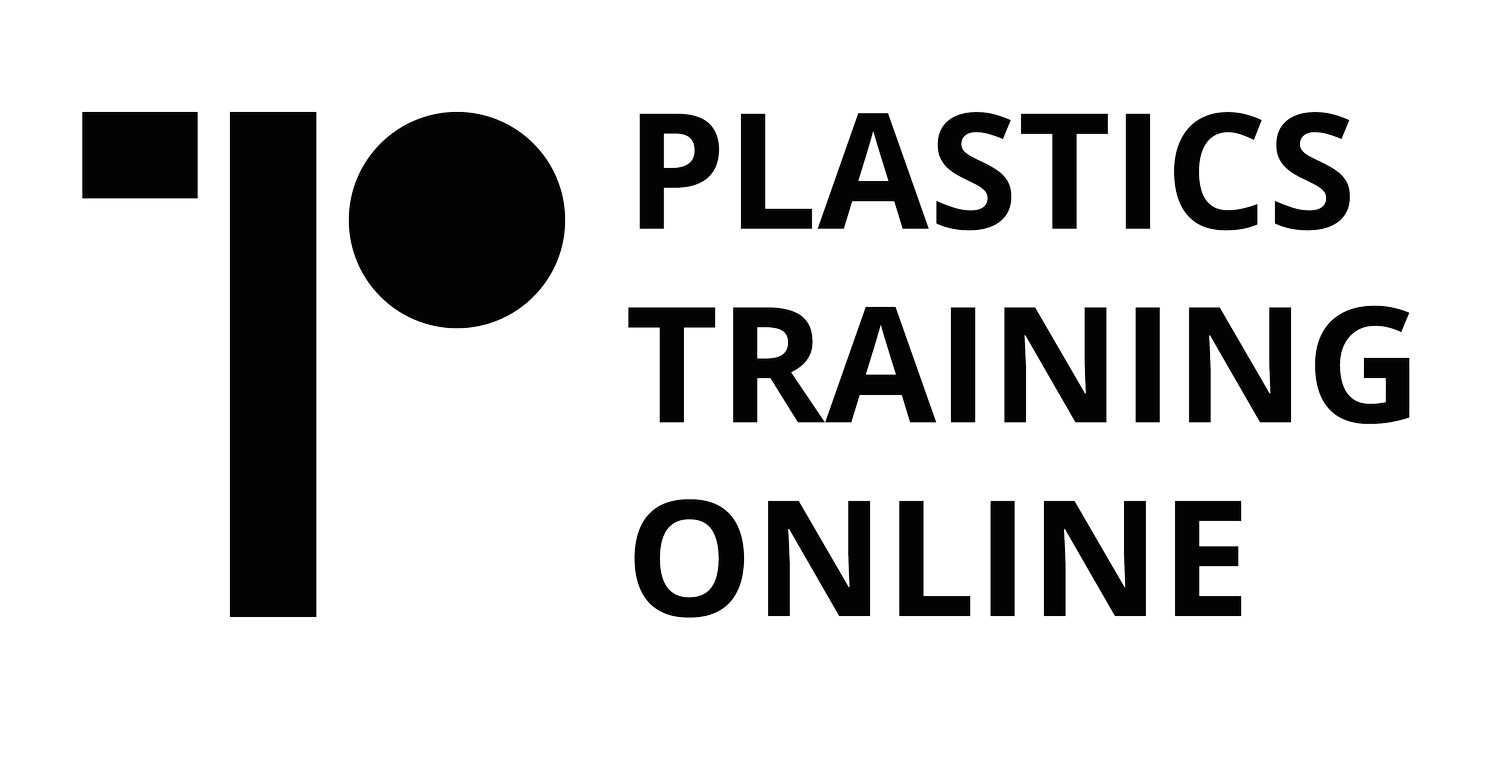 Image 1 of
Image 1 of


The Technology of Injection Moulding - Level One
Goals of this Course:
Learn to process from the plastic’s point of view
Understand what scientific molding really means
Reduce scrap rates, downtime and cycle times
Goals of this Course:
Learn to process from the plastic’s point of view
Understand what scientific molding really means
Reduce scrap rates, downtime and cycle times
Goals of this Course:
Learn to process from the plastic’s point of view
Understand what scientific molding really means
Reduce scrap rates, downtime and cycle times
Today’s injection molding technology demands a well-trained production team. The science behind injection molding and ever increasing machine capabilities dictate that a technological approach to molding is the key to business success.
We use the latest in 3D animations to take you inside the molding process, showing you what you can’t see on the production floor. Plastic behaves to predictable physical laws and doesn’t know or care what type of machine it’s in, the time of day, or the part it makes. Understanding processing from the plastics point of view (PPV) is the key to world-class molding.
Combined with SkillBuilder, our injection molding machine simulator, our interactive training is the most effective learning platform available. Imagine learning the scientific techniques of injection molding, then immediately practicing those skills on a molding machine simulator. There is no better way to learn!
Recommended For: Entry Level Personnel, All Personnel
Length: 5 Lessons – 10-15 Hours of Training
Language: English, Spanish, Mandarin
Lessons Included:
Lesson 1 – Molding Machine Parts and Operation
In this lesson we describe the basic parts and operation of an injection molding machine. Both electric and hydraulic machines are covered.
Lesson 2 – Mold Types and Components
Injection molds produce the finished part. They are often complicated and expensive. This lesson covers the parts and operation of the three most common types of molds: two plate, three plate, and runnerless molds.
Lesson 3 – Plastic Behavior in Molding
Plastic has some unique characteristics. An understanding of plastic behavior is critical to becoming an expert molder. This lesson explains plastic behavior during molding.
Lesson 4 – Machine Fill and Pressure Controls
Understanding the fill, pack and hold phases of the molding cycle are critical to good molding. Today’s machines are highly capable of speed and pressure control during molding. This lesson explains how these controls operate.
Lesson 5 – Machine Timer, Temperature and Clamp Controls
In this lesson we continue our molding machine controls descriptions by explaining the timers, the temperature controls and the clamp controls of the machine.
Please note your initial account activation will take 1-2 business days. You will receive an email with login details for your online training library. Please contact our team if you have any questions about accessing your new online training library.

